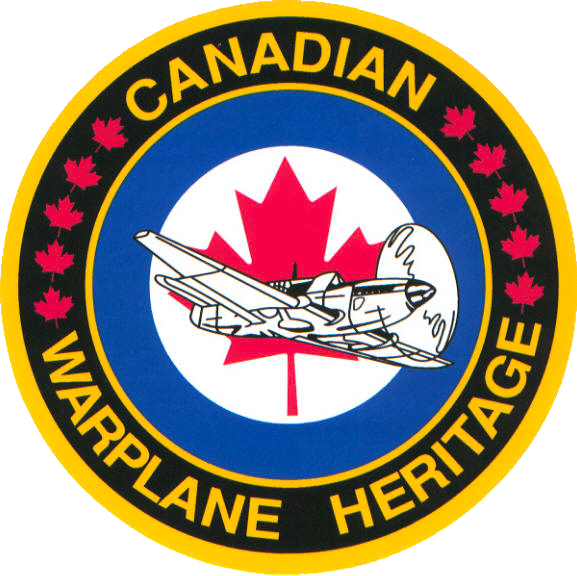
We offer a full suite of solutions to convert and transfer your Microcassette into a digital file or CD format.
Olympus developed the analog magnetic tape, Microcassette, in 1969. About the quarter of the size of a Compact Cassette, the miniature alternative could offer comparable runtimes by running a slower tape speed. Early version of the cassette would yield 30 minutes per side, and later an increased capacity of 45 minutes per side.
A unique trait of the format is that the tape, which is housed in a plastic casing around dual spools, is that unlike the compact cassette, the tape runs from right to left.
The format is widely recognized as the tapes most commonly found in Answering Machines, but was also a favourite among journalists and reporters for its size and compatibility with portable audio recorders, which often included tie-clip microphones.










